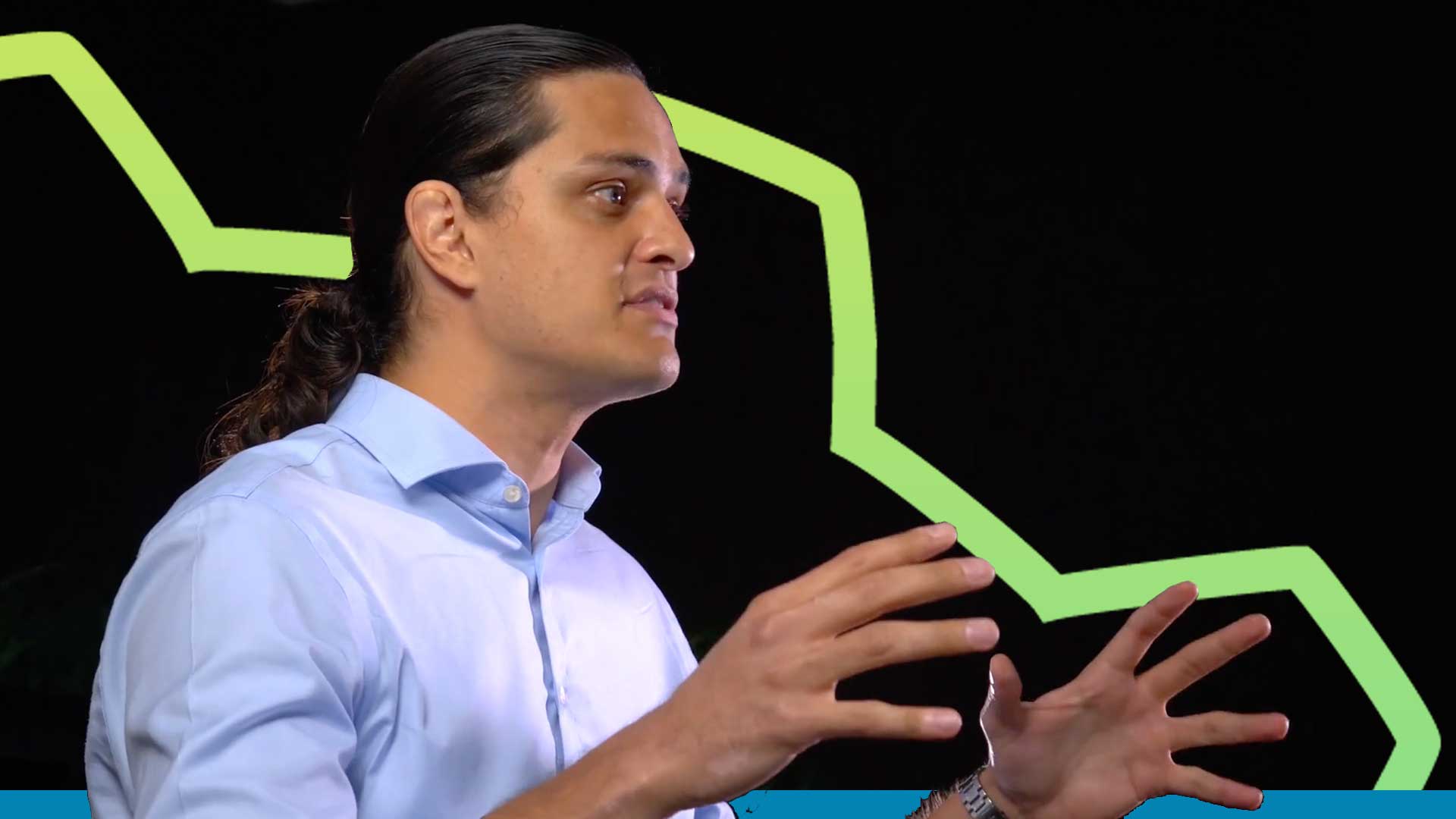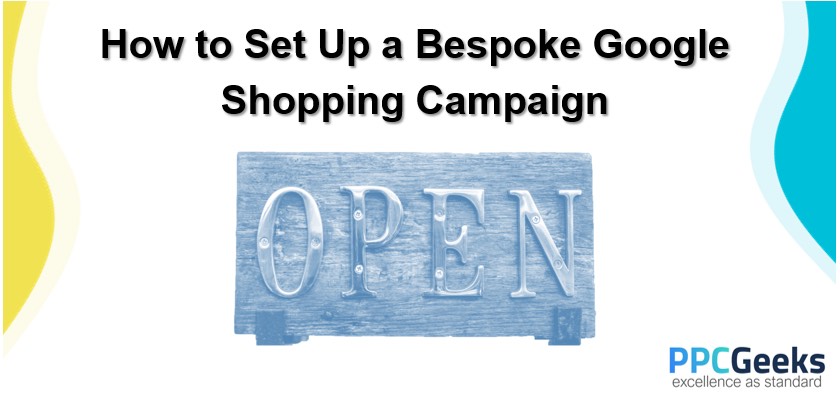Google allows advertisers to audit ads in Search Partner network
After significant lobbying by the industry, Google has decided to change its Search Partner policy to provide more transparency to advertisers.

In a significant policy shift, Google has announced that starting on 4 March 2024, advertisers will be able to audit their ad placements within the Google Search Partner (GSP) network.
The change, which was lobbied by the independent watchdog Check My Ads Institute, marks a critical development in digital advertising transparency and control, alongside the introduction of account-level placement exclusions for Performance Max (PMax) campaigns.
GSPs are websites that have partnered with Google to show ads from the Search network—a collection of search-oriented websites and applications where advertisements are displayed. When you promote on the network, your ad may appear in close proximity to results where someone conducts a search using terms associated with your chosen keywords.
This lack of awareness has extended to the fact that search ads might not only appear in Google's search engine results pages (SERPs), but also across a network of GSP sites. The GSP network also includes a variety of 'vetted' non-Google websites and YouTube channels. Google has traditionally encouraged advertisers to utilise this network to extend their reach beyond its search engine.
Compounding this issue has been Google's reticence in sharing detailed information about the program. The absence of comprehensive details, a public sign-up link, or a list of participating websites has left digital marketers grappling to understand the intricacies of the program, with advertisers unable to ascertain where Google displayed their ads, or how it allocated their budgets among these sites.
This lack of transparency took a more troubling turn when reports emerged of US government agency ads appearing on sanctioned Iranian websites and major brands like Procter & Gamble finding their ads next to pornographic content.
By default, Google's paid search campaigns are set to run on the GSP network, and until now, advertisers using PMax had no means to opt out of this setting. Google's initial response to these concerns—a temporary opt-out option and a limited reporting tool—was deemed insufficient by many in the advertising community.
A spokesperson from Google told Campaign after deep consultation with its advertising partners, the tech giant has decided to unify its brand suitability preferences so that account level placement exclusions will now apply to the Search Partner network, in addition to YouTube and Display, starting next month.
“We will also offer impression level placement reporting for Search Partner Network sites in Performance Max campaigns,” the spokesperson said.
Google also recently announced the global rollout of AI-powered asset generation and image editing for PMax campaigns. The rollout—which is due to hit US shores in March and globally thereafter—will be available in English, with additional languages on the horizon.
It aims to improve how marketers engage with consumers across Google’s ad inventory. PMax campaigns will integrate Gemini, Google's generative AI model, allowing advertisers to create more dynamic and relevant ad content, including long headlines and soon, site link generation.
This story first appeared on Campaign Asia-Pacific.

 Konoly
Konoly 









![The Best Time to Post on Social Media in 2022 [Data from 300+ Marketers]](https://blog.hubspot.com/hubfs/best%20time%20to%20post%20on%20social%20media.jpg#keepProtocol)


_1.jpg)



















